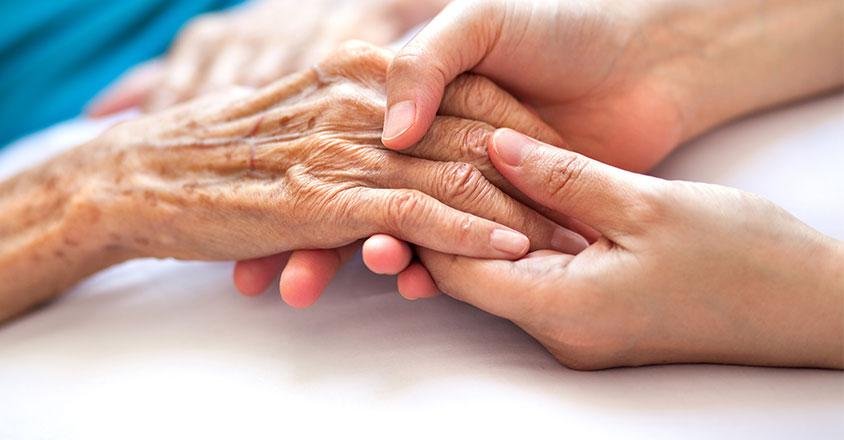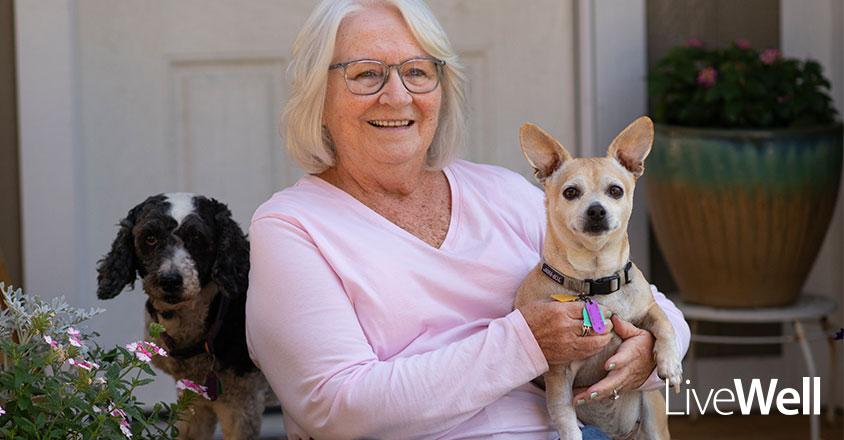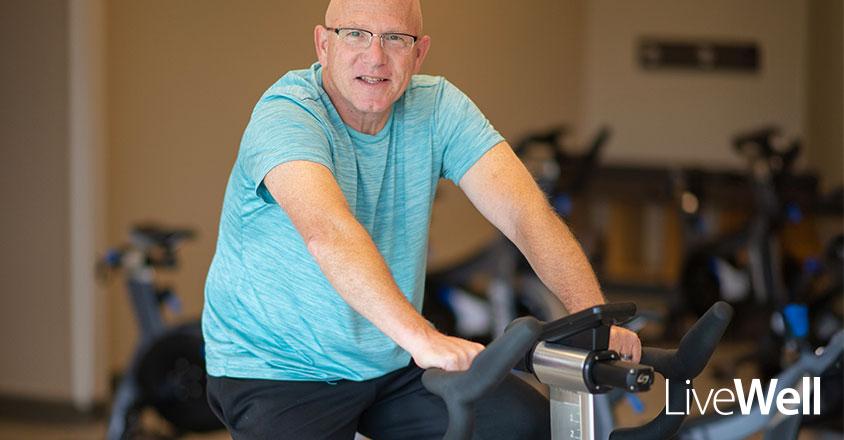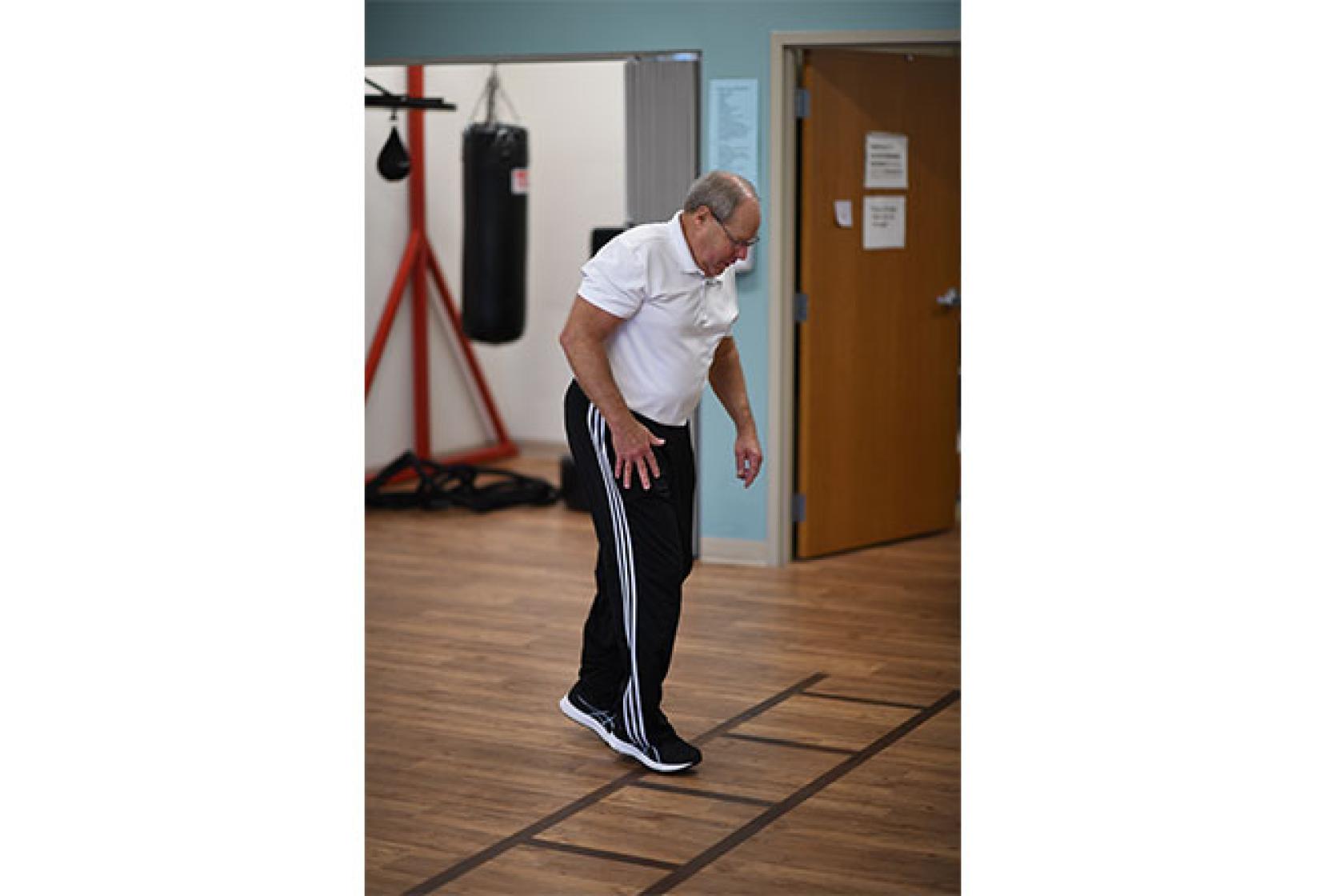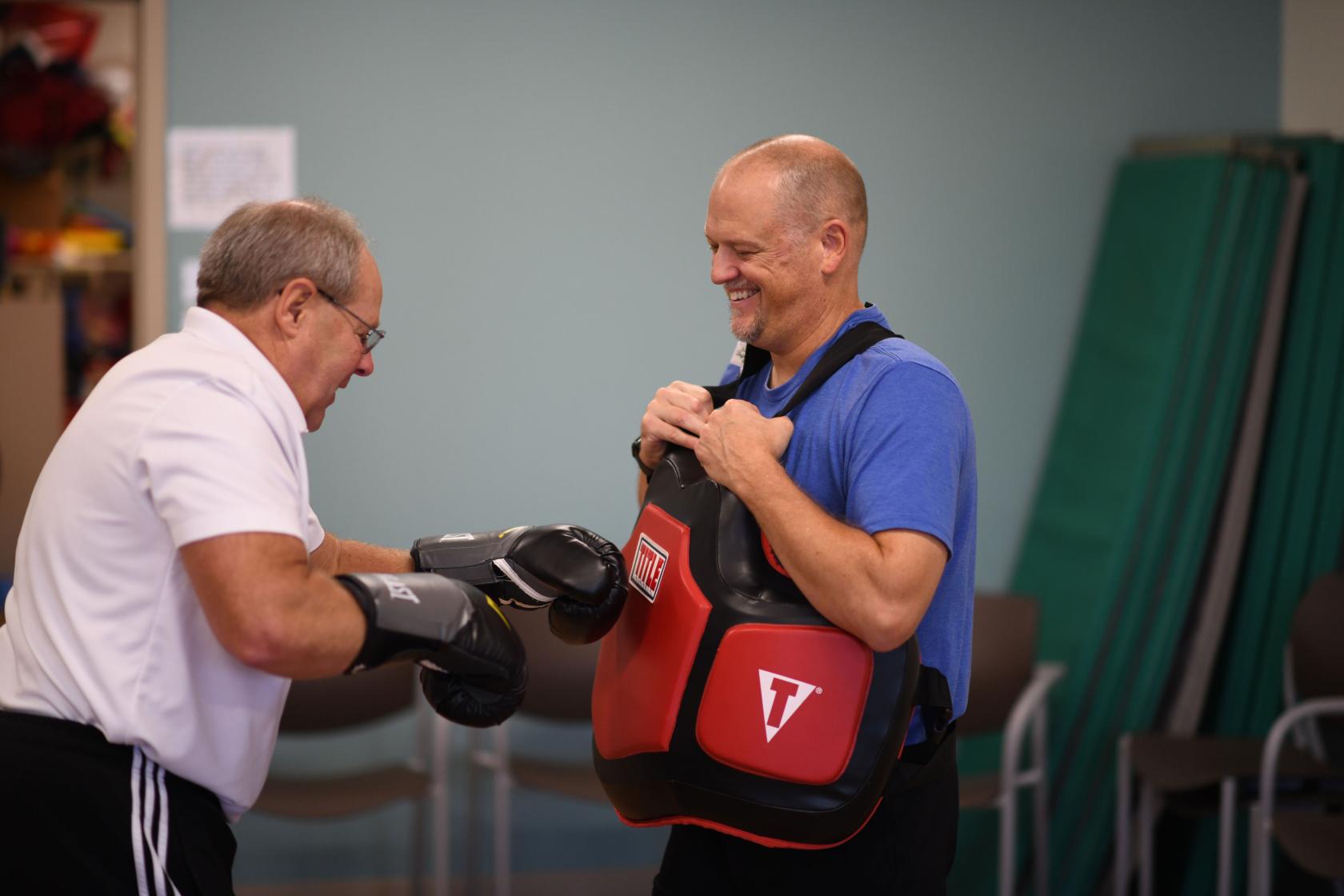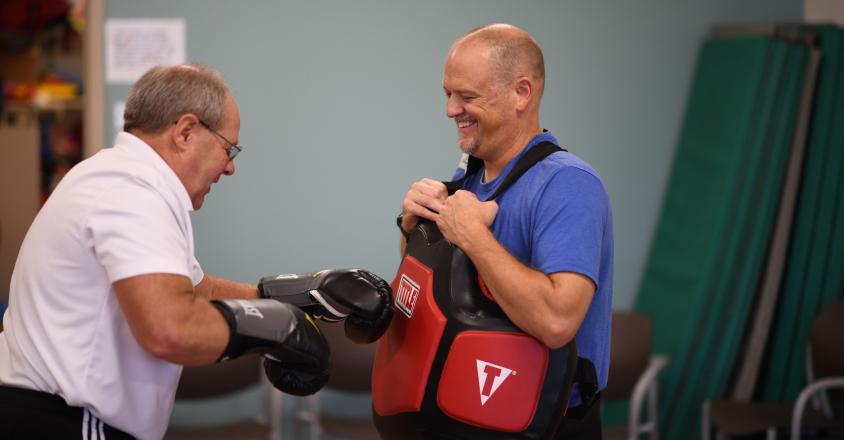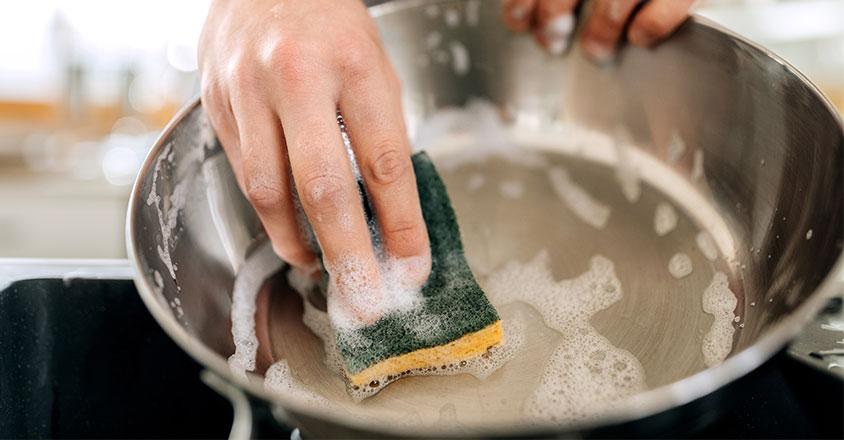Is eating late at night bad for you?
It’s late, you’re watching your favorite show, and the kitchen starts calling your name. That leftover pizza or bowl of ice cream looks tempting, but before you dive in, it’s worth asking if eating late at night is a bad idea?
Yes, it is.
When you eat late, especially right before bed, your digestive system doesn’t have enough time to digest the food properly. According to the Sleep Foundation, lying down after a meal can lead to issues like acid reflux or heartburn because stomach acid can more easily travel back up the esophagus. This can cause discomfort and disrupt your sleep, leaving you tossing and turning when you should be peacefully snoozing.
Eating late can also interfere with the quality of your rest. As you prepare for sleep, your body naturally cools down, signaling it's time to relax. However, according to the National Library of Medicine, digestion raises your core temperature, creating an internal struggle. While your body’s trying to unwind, it’s still busy digesting that late-night snack, which can make you feel restless or wake you during the night.
There’s also a connection between late-night eating and weight gain. Studies have shown that your metabolism slows down in the evening, meaning the calories you consume late at night are more likely to be stored as fat. This, combined with the tendency to reach for calorie-dense, less nutritious foods at night, can lead to gradual weight gain over time.
So, what’s the fix? Experts suggest stopping your eating two to three hours before bed. This gives your body enough time to digest, helping you avoid heartburn, improve sleep quality and let your metabolism work more efficiently.
In short, while a late-night snack now and then is no big deal, regularly munching before bed can throw off your digestion, mess with your sleep and cause unwanted weight gain. For a happier belly and a more restful night, aim to eat earlier, and your future self will thank you.
Ready to get healthy?
Sign up for our digital newsletters to receive health tips, recipes, success stories for inspiration and information about new doctors to help you on your journey to better health.
Genesis HealthCare System’s Health and Wellness content conveniently provides accurate and helpful information. Your health history and current health may impact suggestions provided through our Health and Wellness content. Although we hope this information is helpful, it is not a substitute for your doctor's medical advice. Before making any significant changes, please consult your doctor.
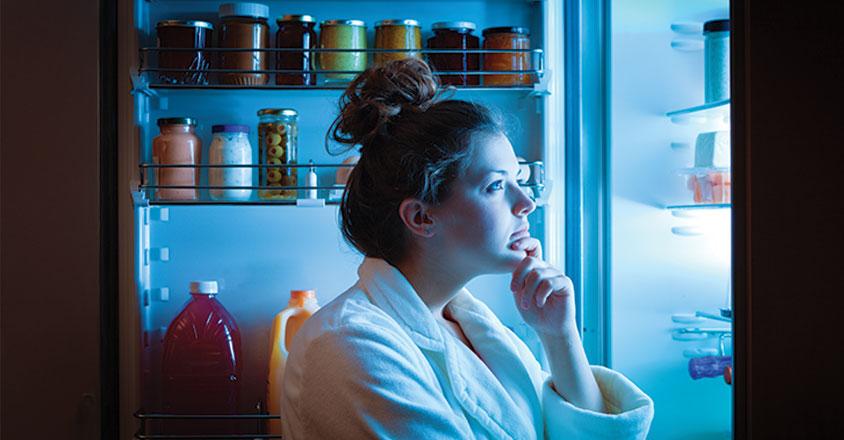
For a happier belly and a more restful night, aim to eat earlier, and your future self will thank you.

